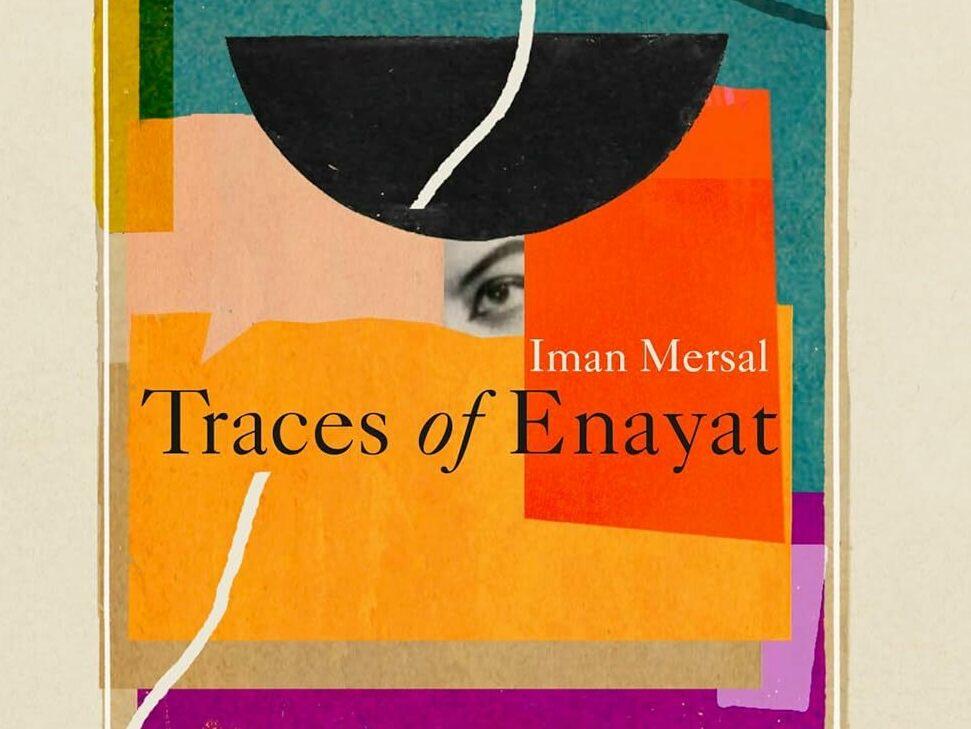Section Branding
Header Content
A poet searches for answers about the short life of a writer in 'Traces of Enayat'
Primary Content
As a young literature student in the 1990s, the Egyptian poet Iman Mersal stumbled across a copy of Love and Silence, a forgotten 1967 novel by a writer named Enayat al-Zayyat who died by suicide in her 20s — a few years before her book was released.
Mersal was taken with the book's "fresh and refreshing" language and emotional intensity; it exerted such power over her that the moment she finished reading it, she "turned back and began again... [copying] out passages, small stand-alone texts like lights to illuminate my emotional state." At the time, Mersal was establishing herself as a reader and writer, and felt the need to "personally celebrate the books which 'touched' her, as though she needed to define herself by appending her discoveries to the canon."
Decades later, she remains engaged in that project, at least where Enayat is concerned. Now an established poet living in Canada, Mersal set out to learn as much as she could about Enayat's life and death — enough, ideally, to write the other woman's life story. Although she did not uncover nearly enough to achieve that goal, she still presents the resulting book, Traces of Enayat, as a biography of sorts. It isn't. Traces of Enayat is a memoir of Mersal's search, a slow, idiosyncratic journey through a layered, changing Cairo and through Mersal's mind.
Mersal is a cool, restrained writer. Her prose, in Robin Moger's translation, slips by easily, so that her moments of flaring emotion stand out. In contrast, the excerpts of Love and Silence she includes are hot with description and feeling. In one, Enayat describes feeling "at once imprisoned by this life and pulled toward new horizons. I wanted to pull this self clear, gummy with the sap of its surroundings; to tear free into a wider world." It seems evident that Mersal chose this passage for its echo of Enayat's story. Certainly it evokes one of Traces of Enayat's central questions: "Was it [Enayat's] decision to end her life that drew me to her," Mersal writes, "or the thought of her unrealized potential" — the wider literary world Enayat never reached? More vexing still is the question not of what draws Mersal to Enayat, but why Enayat's hold over her is so powerful. At the end of the memoir, it's still not clear.
Of course, Traces of Enayat is not designed to satisfy. It's there in the title: we're only going to get glimpses and fragments of its subject — or, really, its subjects. Mersal hides herself behind her search for Enayat; Enayat herself hides in the past. Her best friend, the actress Nadia Lutfi, remembers her vividly, but was too busy working to be fully present for some of Enayat's bitterest disappointments; Enayat's surviving relatives, meanwhile, recall her painful divorce and the rejection of her book by the publisher she'd hoped would release it, but they never had the emotional access to her that Nadia did.
Even Enayat's tomb is hidden. She turns out to be buried in a side wing of a family member's mausoleum and, after much investigating, Mersal manages to visit. This is the book's emotional high point. Mersal weeps, not out of grief but because "standing there in front of her headstone was the high point of our relationship... the tomb was the only place where she actually was. For her life, I had to return to the archive, to the memories of the living, and my own imagination, but I felt now that at last she trusted me, that she had allowed me to reach her." For the first time here, Mersal allows her interest in Enayat to transform on the page into a nearly mystical connection before moving swiftly away from the tomb and the scene. For the reader, this is an answer of sorts: Mersal's link to Enayat goes in some way beyond the explicable. We can't experience it for ourselves.
What we can experience is Mersal's investigation of Egypt after the Nasserist revolution of 1952, the context for Enayat's book and its disappearance. Enayat's work and life do not fit neatly into the prevailing narrative that "Arab women writers [of the period] were primarily concerned with nationalism, that there could be no liberation for women without the liberation of the nation." Love and Silence is about grief and romance; its author, meanwhile, had to battle sexist Nasserist divorce laws to free herself from her husband and couldn't get the court to give her full custody of her son.
Mersal pieces this story together slowly, speculating about the role of Enayat's divorce and one subsequent romantic relationship in the end of her life. She does archival work and visits the places still left from Enayat's Cairo, superimposing the post-revolutionary city Enayat lived in — full of new hopes and colonial legacies — on the contemporary one she describes. These moments are, like the book's other strands, fragments and flickers. Mersal passes over geography the way her prose tends to pass over emotion, never lingering in one place long enough to describe it in depth.
Mersal is a poet and this is, fundamentally, a poet's strategy. A poem is, more often than not, a peek through a cracked window, a fleeting experience rather than a drawn-out one. But Traces of Enayat is a full book, and the degree to which it feels swift and partial is at once a literary achievement and a frustration. In its last passage, Mersal writes that Enayat "wants to remain free and weightless." Maybe so. But by letting Enayat have what she wants, Mersal denies the reader a deeper experience of her own obsession.
Lily Meyer is a writer, translator, and critic. Her first novel, Short War, was published in April 2024.

